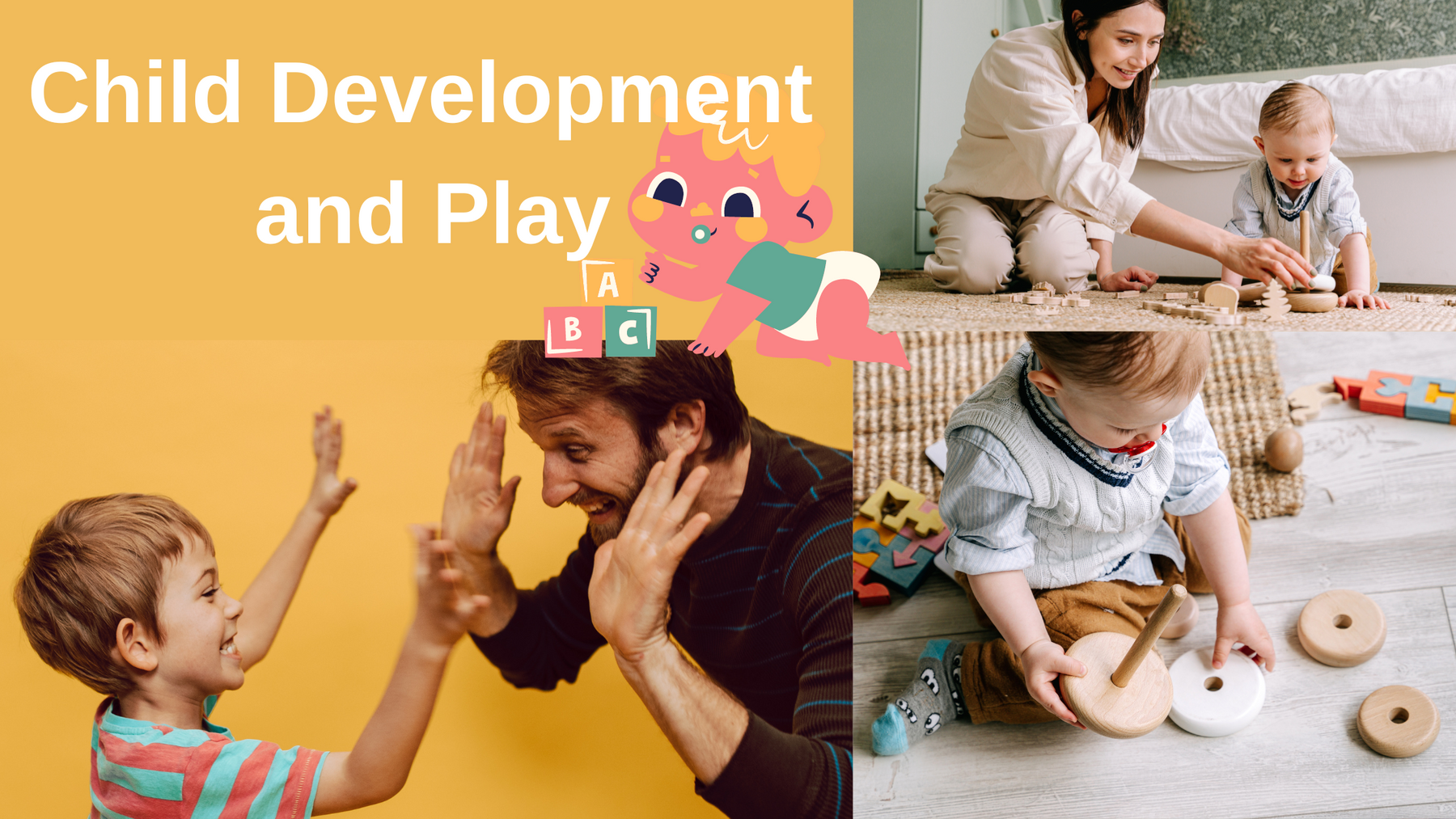
Let's Get Serious About Play
Written by Elaine Hackney, former owner of Boing!
THINK ABOUT THIS
Most of us are familiar with the term “child’s play”. But what does this phrase mean to us? How does it influence what we think “play” actually means?
Merriam Webster Dictionary defines the phrase like this:¹
- an extremely simple task or act
- something that is insignificant
Sentence example: Figuring out the password was child's play
Venture to say: This is one way our notion of play tends to be quite limited. Another way is to think that adults work, and then they play. In this case, play is the opposite of work.
But here’s how Mr. Rogers said it:
“Play is often talked about as if it were a relief from serious learning. But for children, play is serious learning.” ²
True story: I was working in a toy store and a woman came in asking for help finding something educational for a one-year-old birthday. She stressed that the educational aspect was an important requirement for her. She said she didn’t want to just buy a toy – she wanted “something with numbers or the alphabet.”
We talked a bit about educational vs. developmental and how choosing an age-appropriate toy is in fact, truly educational. At first, it was difficult for her to grasp. She had a specific notion of play vs. education. But she ultimately understood that one-year-olds only know the experience of the world around them. Letters and numbers are abstract. They don’t have a point of reference within the child’s immediate world. One-year-olds need a lot more familiarity and practice with tangible objects before they can move to abstract concepts.
Together, this woman and I investigated stacking toys and shape sorters and rolling ball towers. We looked at how these kinds of activities provide a one-year-old the opportunity to expand their experiences and therefore their physical skills as well as the “mind” skills. These kinds of “playthings” give the child hands-on learning as well as discovery opportunities. With some practice, there’s some basic – but invisible - problem solving occurring: “What happens when this goes there? What happens when I put a ball at the top of the tower? Think about how that young child discovers how to fit a shape in a box.
The child is using their own hands to manage their own tangible world. As they have more and more success with these experiences, an understanding develops. That’s cognition³ and at this point the child is experiencing cognitive growth. That child’s new understanding is on the stepladder to the next concept and develops into more complex concepts such as larger vs. smaller and round vs. square. It’s a progression of cognition skills – you don’t see it because it’s happening within the brain. But you see the result as a new skill. There’s no denying that it’s educational and it happens through play.
If you change the way you think about play, you may change the way you think about your child at play.
Let’s stretch the common notion of play. Let’s shine a spotlight on the valuable role that ‘play’ has in each child’s growth and development. Starting with newborns (yes! newborns!), then toddlers, through early childhood, and on through school age and into the teens, play goes hand-in-hand with growth, development, and learning.
Jean Piaget was a famous psychologist who was one of the first to study child development.⁴ It was he who developed the theory that children learn in stages. He studied how children learn and found that they learn by doing things and not just listening or reading about them. Piaget is attributed with a famous statement that “Play is the work of childhood.”
So what does child development mean?
Child development identifies the changes in growth that children experience as they age. We’re not talking about growth measured in pounds and inches. We’re referring to the growth children acquire in knowledge, body skills, language, mental development, and social development. Even in the newborn stage, children develop not only by interacting with people, but also with the sights and sounds and smells of their immediate environment.
Here’s a simple example:
We often see a mobile over a baby’s crib or changing table. Is a mobile a necessity? No, it’s not what one might call a necessity. Some might even limit it to being a plaything. However, a newborn up to 3 to 6 months can only see 12 to 15 inches in front of them and can only see black, white, and grey tones. The mobile, especially a black and white one, actually has a role in the child’s development. It stimulates the baby’s vision that starts from newborn blurry to differentiating shapes and it begins to lengthen attention span. This actually helps develop the baby’s nervous system.⁵ That’s one example of the solid connection between play and development.
It’s a fantastic experience to watch a child change from newborn to an oh-so-quick 2- or 3-month-old. The growth change in that span is remarkable. It’s easy to see definitive awarenesses and abilities developing. Everyone delights in these growth changes. While it’s well said that no one knows a child like the parents do, often there are other family members and caregivers involved. All of these relationships make up the child’s environment, feeding the child’s consciousness.
As parents and caregivers recognize and encourage a developmental milestone, their next responsibility is to provide the tools and activities that will strengthen those skills. From there, they can begin preparation for the next milestone. Each natural level of development requires the adult to recognize the milestone and be familiar with the tools that encourage and support it.
If you’re thinking toys, you’re on the right path. This is the beginning of your awareness that playthings have a serious role. But milestones aren’t just a quick checklist. They are stepping stones for bigger and more complex skills. The right plaything at the right time supports each milestone of the child’s development and prepares for the next.
You may know that parents can start reading with newborns and infants. (Don’t confuse this with teaching your child to read!) But the benefits of looking at books together and "reading" even simple words stretches far into future skills. Black and white board books for newborns and colorful board books for infants are the first steps. And equally important, your child knows and loves your voice and it’s soothing to hear you reading. But don’t stop there! It’s well documented that reading to your children causes activity in the brain that’s related to verbal development and image development.⁶ But most importantly, you’re demonstrating a love of reading and imagination that lasts all through school. AND, it quickly becomes a cherished family tradition.
So don’t limit your part in your child’s development. Take the lead. Take an active role. Think about play as educational and developmental and support your child’s developmental growth through the stages in much the same way your support their physical growth. Share your information with others in your household – even older siblings – and you can all take part in the cognitive growth as the new baby grows in mind as well as body.
In our future blogs, we’ll share more about Developmental Stages so you’ll recognize them when it’s time and you can "play" right along with your child.
Footnotes:
-
“Child's play.” Merriam-Webster Dictionary, https://www.merriam-webster.com/dictionary/child%27s%20play.
-
Mr. Rogers. https://adventurenannies.com/blog/mr-rogers-quotes/
-
Oxford English Dictionary: Cognition is the mental action or process of acquiring knowledge and understanding through thought, experience, and the senses.
-
Jean Piaget's Theory and Stages of Cognitive Development. https://simplypsychology.org/piaget.html
-
https://www.thetot.com/baby/why-black-and-white-toys-are-best-for-baby/
-
https://www.all4kids.org/news/blog/the-importance-of-reading-to-your-children/

